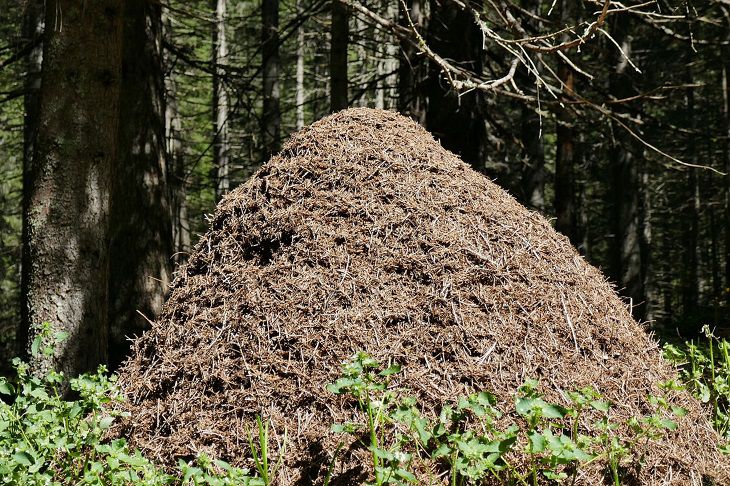Anthills: Gardening tips
Ants are quite surprising insects with lots of intelligence that makes them capable of amazing collective work.
While sometimes ants can be actually beneficial for your garden, they can also do harm, especially if you have multiple huge anthills in your garden.
Here are a few things you can do to fix that problem.
Identification
Take a moment to observe the ants and understand their behavior. Not all ants are harmful; some can even be beneficial by preying on garden pests.
Assess the Situation
Determine if the ants are causing any issues. Are they damaging plants or invading your home?

Identifying the specific problem helps in deciding the best course of action.
Natural Barriers
Create natural barriers using substances that ants dislike.
Sprinkle cinnamon, coffee grounds, citrus peels, or draw lines with chalk around ant entry points.
These can deter ants from crossing into areas you want to protect.
Fix Water Sources
Ants are attracted to water. Check for and fix any water leaks in your garden. Proper watering practices can make your garden less appealing to ants.
Elevate Potted Plants
If you have potted plants, place them on stands or use saucers filled with water. This makes it harder for ants to climb up and reach your plants.
Natural Repellents
Planting certain herbs like mint or basil can naturally repel ants. Alternatively, you can use essential oils such as peppermint or citrus.
Apply a few drops near ant entry points or mix with water for a spray.
Diatomaceous Earth
Sprinkle food-grade diatomaceous earth around anthills or areas with high ant activity.
This powder, harmless to humans and pets, damages the ants' exoskeleton, effectively controlling their population.
Professional Advice
If the ant problem persists, seek advice from local garden centers or pest control professionals.
They can provide tailored solutions, considering the specific ant species and the plants in your garden.
Always opt for environmentally friendly and safe methods.

